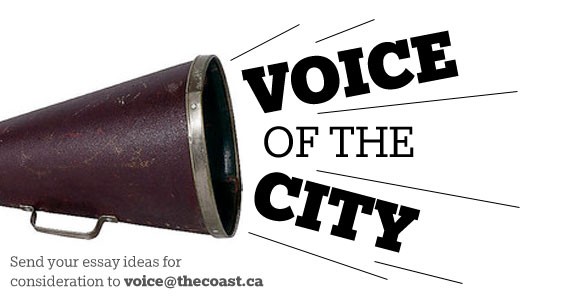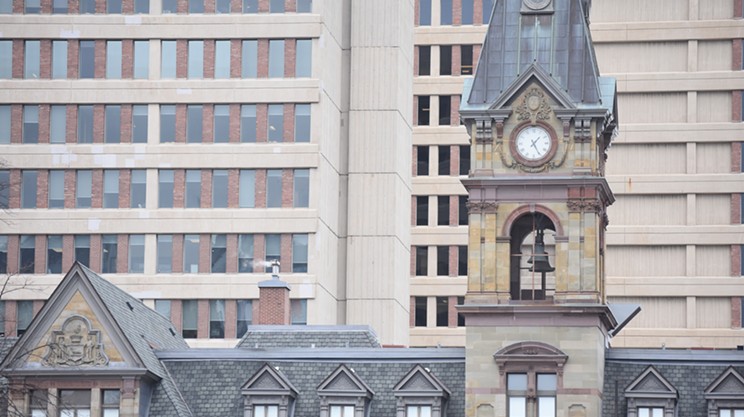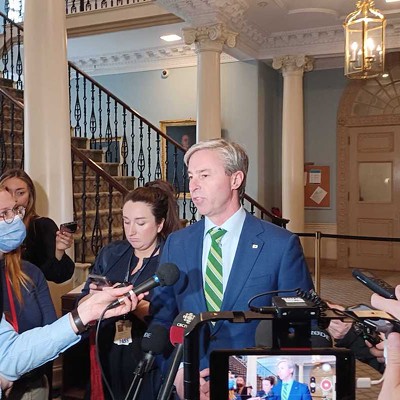It's ironic that less than 24 hours after Halifax council approved the municipal budget, a report by Stantec Consulting was made public which outlines how HRM could save almost $3 billion by the year 2031. That would free up $148 million per year to invest in better services, or to reduce taxes. And Stantec was clear about how these savings could be achieved: by concentrating more residential development in our existing growth centres.
By changing the way it grows, HRM would experience significant financial, environmental and social benefits. Wanting a shift in population pattern is not pronouncing that one type of settlement is "better" than any other---it's merely stating that a low-density, single-use style of living costs more to service than denser, mixed-use development. Realizing the financial savings would mean changing the way new development happens. Rather than houses farther from the downtown being cheaper, they would actually be more expensive. The municipality would need to charge more because of the cost incurred trying to service these homes. Not only is there the cost of the roads but also the hundreds of metres of water and sewer pipes and the energy needed to transport liquid along them. Add to that the cost of libraries, recreation services and transit.
The reasons why people choose to live in the suburbs are varied---some want a larger house, some want a large backyard where their children can play, others want the solitude and quiet. These benefits are real, but they come at a cost---a cost to the municipality that is growing.
HRM has put in place Capital Cost Contributions, which place a larger burden on developers to pay for the initial infrastructure related to their developments. In addition to this, HRM calls for a per-lot charge for development. This charge is a far cry from what is needed in the long term. HRM charges a few thousand dollars, while places like Mississauga charge closer to $40,000. The infrastructure charge in HRM deals with initial cost but does not consider operational or replacement costs.
Houses in dense urban areas cost about half as much to service as they pay in municipal tax. Houses in less dense areas cost twice as much as they pay.
By changing the way our city develops, the Municipality could save money. But is this a change that residents are willing to accept? Is this a change that residents will eventually have to accept?
The Stantec report, Quantifying the Costs and Benefits of Alternative Growth Scenarios, provides quantifiable measures of the savings that HRM would achieve if it were to shift the way it grows. Even just by reaching the growth targets set out in the 2006 regional plan, HRM would save $670 million. Today, seven years after the plan was adopted by council after much public consultation, HRM is 36 percent away from reaching its urban growth target. HRM must ask itself why this is the case.
The residential growth target in the plan is quite modest---25 percent urban, 50 percent suburban and 25 percent rural---and will not provide the quality of life or the quality of the environment that HRM needs to truly be sustainable. Even so, reaching the targets would help the municipality balance its books.
HRM shouldn't "tell" people where they can or cannot live. However, with real pricing, it could encourage certain growth patterns. Though given the development approvals that already exist in the system, development patterns would change slowly.
To make a transition to a more urban environment, developers will need to develop multi-bedroom apartments that would support families, as well as smaller private homes that will allow an adequate number of people to support transit facilities. HRM will need a plan to ensure that living on the peninsula or in Dartmouth is affordable.
The Our HRM Alliance's greenbelting strategy would work to concentrate growth in the urban centre, and in suburban and rural growth centres, where it can more easily and cost-effectively be serviced. The Alliance is a coalition of 45 groups from across the municipality calling on HRM to prioritize sustainability in the Regional Municipal Planning Strategy. Our seven solutions for a more livable, sustainable HRM can be found at ourhrmalliance.ca
Jen Powley is the HRM coordinator at the Ecology Action Centre, focusing on municipal issues. She also helps coordinate the Our HRM Alliance.
Send your essay ideas for consideration to [email protected]



















